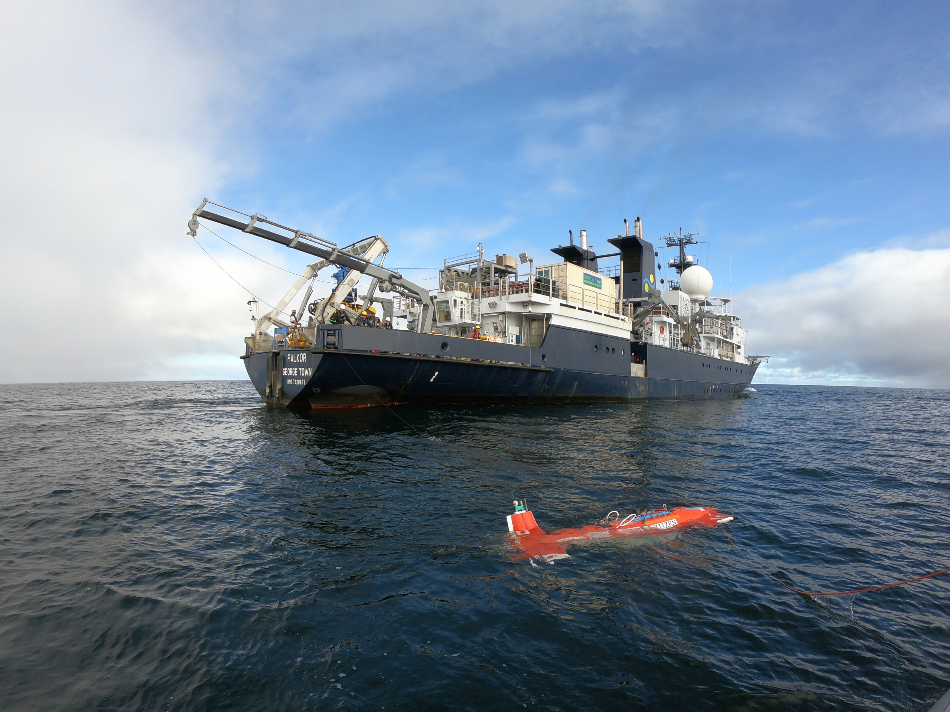Mar 6 2020
Chief scientist Dr. Nerida Wilson from the Western Australian Museum, and her research team will set sail from Fremantle on March 8 aboard the research vessel Falkor to explore for the first time the underwater Ningaloo Canyons, home to countless species and fauna never seen before in the deep sea. The 82-meter vessel - the only year-round seagoing philanthropic research vessel in the world - is owned and operated by the Schmidt Ocean Institute, a philanthropic non-profit established by Eric and Wendy Schmidt in 2009.

The vessel is equipped with a 4,500 meter capable underwater robotic system, ROV SuBastian that will be used to visually explore and collect samples from critical deep ocean areas that have not been explored. The ship and ROV are both made available to the international science community at no cost, and the scientists agree to make their discoveries publicly available.
The dives will be livestreamed for public viewing on Schmidt Ocean Institute’s You Tube channel, Facebook page and website. “This expedition will be a wonderful opportunity to shed some light on some of this region’s unseen biodiversity,” said Wilson. “The Ningaloo region is celebrated for its incredible diversity of evolutionary significant fauna. In contrast, the adjacent deep sea environment is almost completely unexplored.”
Cutting-edge sampling techniques such as eDNA will be used to analyse the ocean water for genetic material. This will allow the research team to detect traces left behind of animals that may not be encountered during video surveys and will provide a more complete picture of the biodiversity of this unique environment.
It is important to identify what animals and organisms live in deep sea regions to better understand the ecosystems and better protect them. “Most people don’t think about the bottom of the ocean. When you look at a map, the ocean is portrayed as flat blue with very few features,” saidWendy Schmidt, co-founder of the Schmidt Ocean Institute. “However, this couldn’t be further from what the ocean floor looks like. Picture huge mountains and canyons, and exotic deep coral forests. There are still so many things we do not know about the topography or the ecosystems that cover the largest part of our earth.”
Scientists from Curtin University, Geoscience Australia, and Scripps Institution of Oceanography will help lead the expedition, and will be joined by scientists from the Bavarian State Collection in Munich, and the Australian Museum.
This is the second planned expedition for a year-long initiative to conduct seven science expeditions along all four sides of the Australian continent. The footage and samples collected with the Institute’s 4,500 meter ROV SuBastian will have important implications for the sustainability and protection of these underwater ecosystems—and for similar habitats worldwide that are in peril because of rising ocean temperatures.
Tours of the vessel and interviews with scientists will be offered to the media on March 7 from 2 - 3 pm upon request. To arrange a tour or interview, please contact [email protected] or David Gear at +61 0434 924 136.